A Guide to Cultivating Paphiopedilum Venus Slipper Orchids
Are you a fan of unique and exotic plants? Look no further than the Paphiopedilum orchid, commonly known as the lady slipper orchid. This fascinating plant belongs to the family Orchidaceae and is native to tropical regions of Asia, including Thailand, Indonesia, and the Philippines.
One distinguishing feature of this orchid is its unusual shape – the flower resembles a slipper or shoe. There are over 80 species of Paphiopedilum orchids, each with its own distinctive appearance and characteristics. One such species is the Venus slipper orchid (Paphiopedilum gratrixianum), which boasts stunning yellow and green blooms.
Not only are these orchids visually striking, but they also have long-lasting blooms that make them popular among collectors and enthusiasts alike. Whether you’re looking for a new addition to your garden or simply appreciate unique flora, Paphiopedilum orchids are sure to catch your eye.
Novice Care Guide for Paphiopedilum
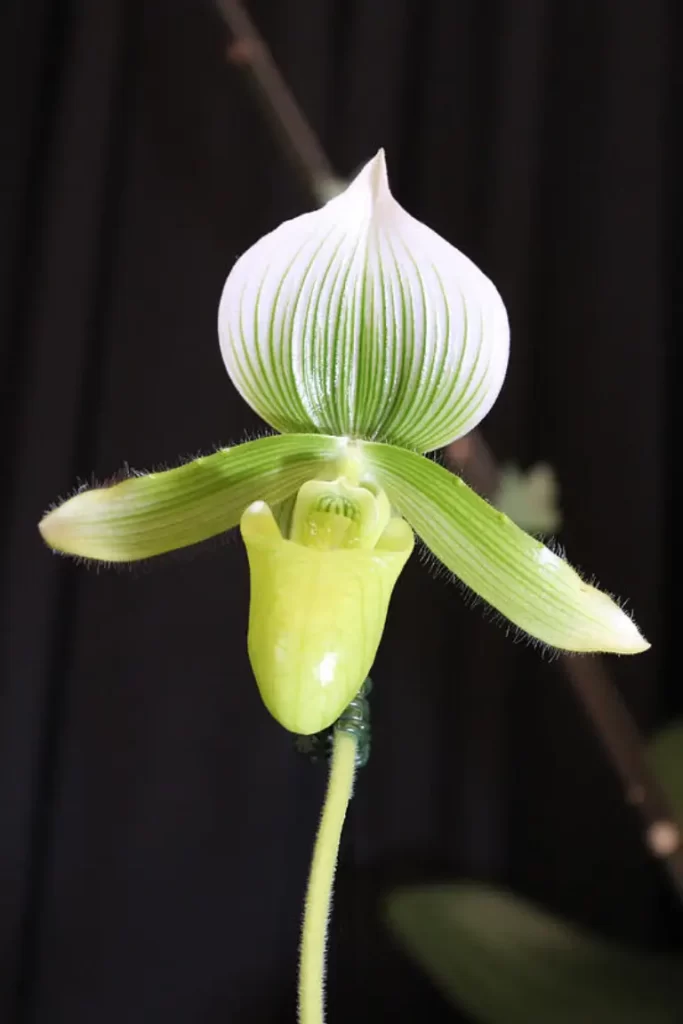
Paphiopedilum orchids, commonly known as Venus Slipper Orchids, are a popular choice among orchid enthusiasts due to their unique slipper-shaped flowers and easy-to-care-for nature. In this guide, we will cover the basics of caring for these beautiful plants.
Potting Mix and Watering
One of the most important aspects of caring for Paphiopedilum orchids is ensuring that they are planted in a well-draining potting mix. A mixture of bark, sphagnum moss, and perlite is ideal. Overwatering can be detrimental to these plants, so it’s important to allow the potting mix to dry out slightly before watering again. It’s better to underwater than overwater Paphiopedilum orchids.
Light and Temperature
These orchids prefer indirect sunlight and should be kept away from direct sunlight or extreme temperatures. They thrive in temperatures between 60-80°F (15-27°C) during the day and cooler temperatures at night.
Fertilizing
Fertilize your Paphiopedilum orchid with a balanced fertilizer every two weeks during the growing season (spring through fall). Avoid fertilizing during the dormant season (winter).
Repotting
Paphiopedilum orchids should be repotted every 2-3 years to ensure adequate space for growth and to refresh the potting mix. When repotting, gently remove any dead roots and trim any damaged roots with sterilized scissors.
Pest Control
Keep an eye out for common pests such as spider mites, mealybugs, and scale insects. These pests can cause damage to your plant if left untreated. Treat them promptly with insecticidal soap or neem oil.
Root Care
The roots of Paphiopedilum orchids are sensitive and can easily become damaged. Avoid disturbing the roots of the orchid unnecessarily. Only repot when necessary, and be gentle when handling the plant.
Where to Buy Paphiopedilum Orchids
Paphiopedilum orchids can be found at most garden centers or nurseries that sell orchids. Online retailers such as Amazon, Etsy, and eBay also offer a wide variety of Paphiopedilum orchids for purchase.
Lady Slipper Orchid Culture Sheet for Beginners
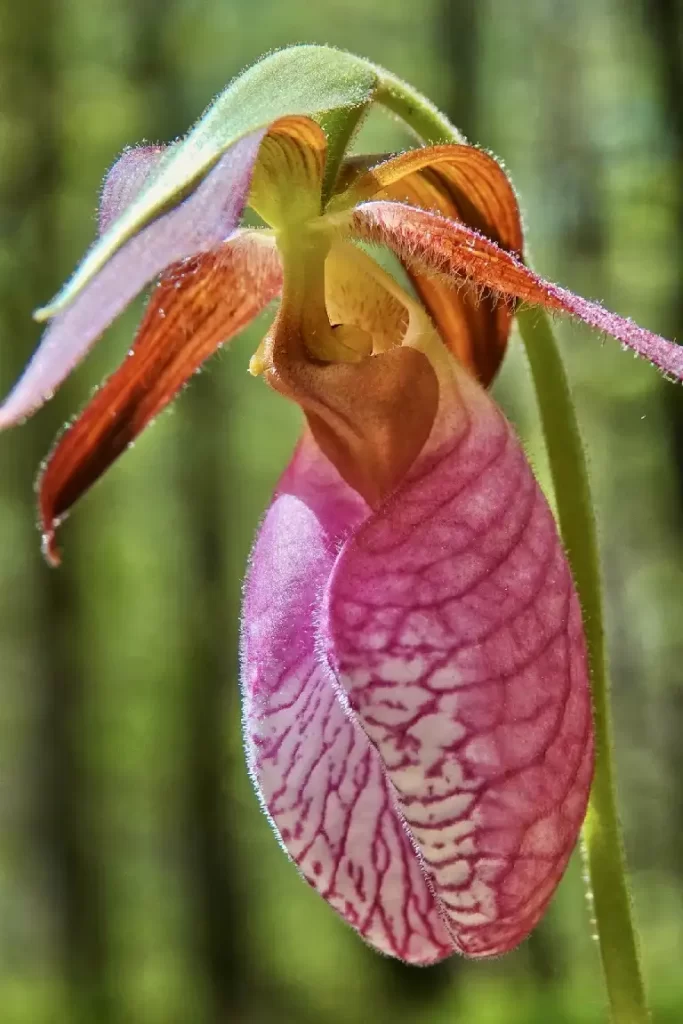
Lady slipper orchids, also known as Venus slipper orchids, are a popular choice for beginners due to their ease of care. In this guide, we will discuss the key factors in caring for these beautiful plants.
Roots
it’s important to pay attention to their roots. These orchids prefer to be slightly root-bound and should only be repotted every few years. When repotting, use a well-draining potting mix that is specifically designed for orchids. Avoid using regular potting soil as it can retain too much moisture and cause root rot.
Temperature
During the cold season, it’s important to keep lady slipper orchids away from drafty windows and doors. They prefer temperatures between 60-80°F and should be kept away from cold drafts. If the temperature drops below 50°F, the plant may experience stunted growth or even die.
Light
Lady slipper orchids thrive in bright, indirect light. Direct sunlight can damage their leaves and cause them to turn yellow or brown. A north-facing window is ideal for these plants as they receive bright but indirect light throughout the day.
Watering
When watering lady slipper orchids, it’s important to avoid getting water on their leaves. Instead, water them at the base of the plant and allow the soil to dry out slightly before watering again. Overwatering can cause root rot while underwatering can lead to dehydration and wilting.
Propagation
There are two ways to propagate lady slipper orchids – by division or keikis (baby plants). Division involves separating an offshoot from the parent plant with its own set of roots while keikis are small plantlets that grow along the stem of mature plants.
To propagate by division:
- Wait until the plant has finished blooming and is in its dormant period.
- Gently remove the plant from its pot and separate the offshoot from the parent plant.
- Plant the offshoot in a new pot with fresh orchid mix.
To propagate by keikis:
- Wait until the keiki has grown to at least 3 inches in height.
- Carefully cut the keiki away from the parent plant, ensuring it has its own set of roots.
- Plant the keiki in a new pot with fresh orchid mix.
Where to Buy
If you’re interested in purchasing a lady slipper orchid, there are several options available. You can find them at your local nursery or garden center, or you can purchase them online from reputable sellers. When buying online, be sure to read reviews and check for any guarantees or return policies.
Venus Slipper
The term “Venus slipper” is often used interchangeably with “lady slipper.” However, Venus slipper specifically refers to a type of lady slipper orchid that is native to Southeast Asia.
Light and Temperature Requirements for Paphiopedilum
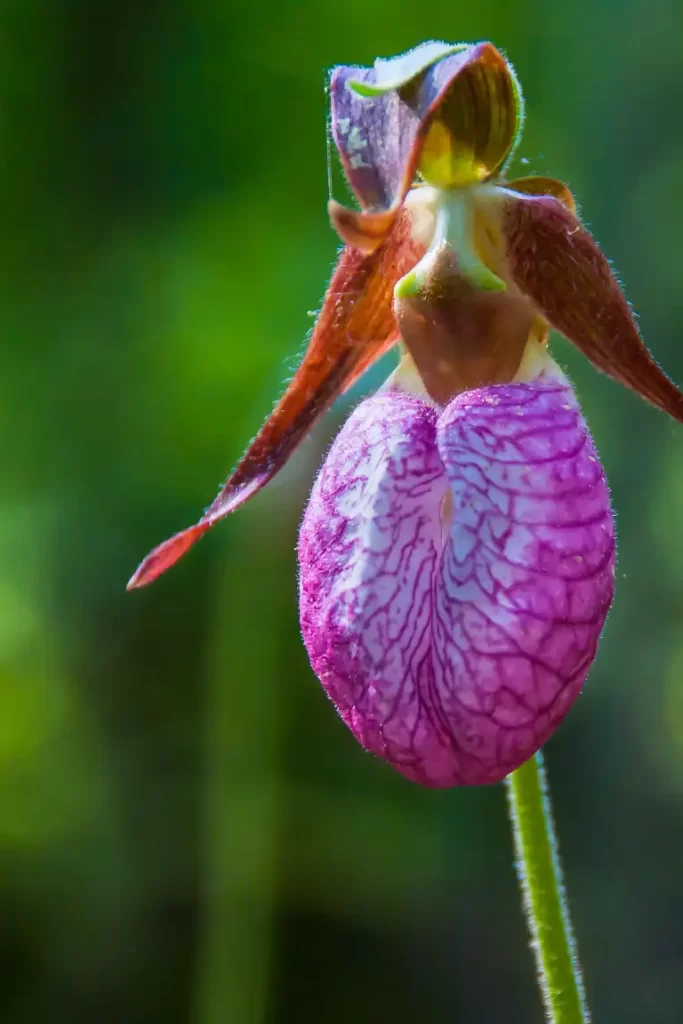
Paphiopedilum orchids, commonly known as Venus Slipper Orchids, are a popular choice among orchid enthusiasts due to their unique slipper-shaped blooms. However, to keep these beautiful plants healthy and thriving, it’s essential to provide them with the right amount of light and temperature. In this section, we’ll discuss the light and temperature requirements for Paphiopedilum orchids.
Light Requirements
Paphiopedilum orchids require moderate light to grow and bloom. This means they need bright but indirect light. Direct sunlight can damage the leaves of Paphiopedilum orchids, so it’s best to avoid exposing them to direct sunshine.
Finding the right balance of light is crucial for these plants. Too little light will result in weak growth and failure to bloom while too much can be harmful. A good rule of thumb is that if you can comfortably read a book in the area where your plant is placed without needing additional lighting, then it’s getting enough light.
If you’re growing your Paphiopedilum indoors, placing them near an east-facing window or providing them with artificial grow lights can help ensure they receive adequate lighting.
Temperature Requirements
Paphiopedilum orchids prefer a temperature range between 60-85°F (15-29°C), making them suitable for indoor growing in most climates. However, temperature fluctuations can stress these plants, so it’s essential to keep them in a stable environment.
During the day, temperatures should be kept between 75-80°F (24-27°C), while at night, temperatures should be slightly cooler at around 65°F (18°C). Keeping your Paphiopedilum within this temperature range will encourage healthy growth and blooming.
It’s also important to note that humidity levels play a critical role in the growth and development of Paphiopedilum orchids. These plants thrive in high humidity levels, so it’s recommended to keep them in a room with a humidifier or place a tray of water near the plant to increase humidity levels.
Watering and Humidity Needs of Lady Slipper Orchids
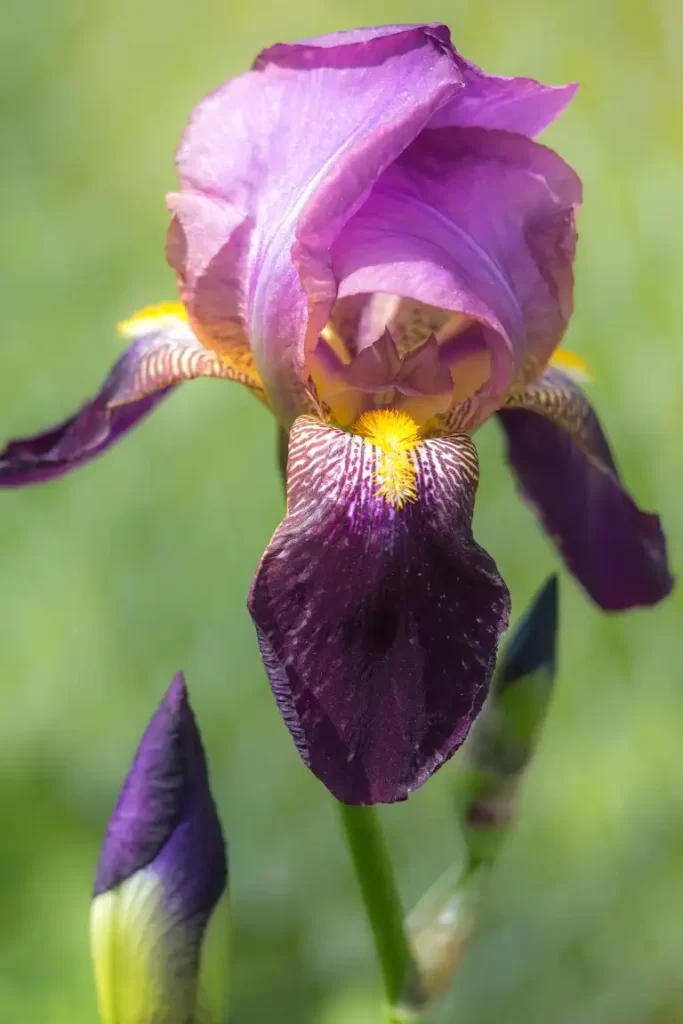
Lady slipper orchids, also known as Venus slipper orchids, are a popular choice for indoor gardening enthusiasts due to their unique appearance and relatively low maintenance requirements. However, proper watering and humidity levels are essential for the health and longevity of these plants.
Watering Requirements
One of the most important aspects of caring for lady slipper orchids is providing them with adequate water. These plants require frequent watering in order to thrive. It is recommended to water them once or twice a week during the growing season, which typically lasts from spring through fall.
When watering your lady slipper orchid, it is important to ensure that the pot has proper drainage holes to prevent water from accumulating at the bottom. This can lead to root rot and other issues that can harm your plant’s health.
It is best to wait until the top inch of soil is dry to the touch before watering again. Overwatering can be just as harmful as underwatering, so it is important to strike a balance between providing enough moisture without drowning your plant.
Humidity Requirements
High humidity levels are also essential for the health of lady slipper orchids. These plants naturally grow in tropical regions with high humidity, so replicating those conditions indoors will help them thrive.
One way to increase humidity levels around your lady slipper orchid is by placing a tray filled with pebbles and water beneath the pot. As the water evaporates, it will create a humid microclimate around your plant.
Another option is using a humidifier in the room where your plant is located. This can be particularly helpful during dry winter months when indoor air tends to be drier than usual.
Good air circulation around your lady slipper orchid is also important for preventing drooping and fungal growth. Make sure not to overcrowd your plants or place them in areas with stagnant air.
Temperature Requirements
Finally, it is important to provide your lady slipper orchid with the right temperature conditions. These plants prefer temperatures between 60-80°F, which is similar to the average indoor temperature in most homes.
Avoid placing your plant near drafts or in areas with extreme temperature fluctuations. This can stress your plant and make it more susceptible to disease and other issues.
Fertilizing and Repotting Paphiopedilum
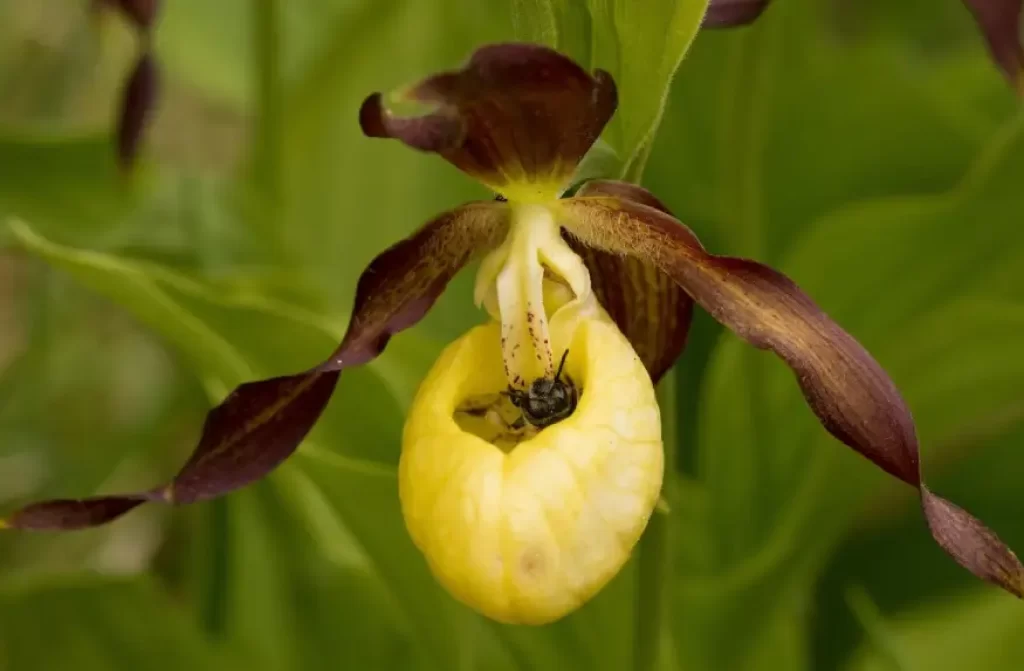
Repotting and fertilizing are essential aspects of taking care of your Venus Slipper Orchid (Paphiopedilum). Neglecting these tasks can lead to stunted growth, poor blooming, and even death of the plant. In this section, we’ll discuss the step-by-step process for repotting and fertilizing your orchid.
Repotting
Repotting should be done every two years to ensure that the orchid has enough space to grow. Over time, the potting mix breaks down, becoming compacted and waterlogged, which can lead to root rot. Here’s how you can repot your Paphiopedilum:
- Choose a pot that is slightly larger than the current one. Make sure it has drainage holes at the bottom.
- Remove the plant from its current pot carefully.
- Gently remove any old potting mix from around the roots.
- Inspect the roots for any signs of damage or disease.
- Trim off any dead or damaged roots using a sterile pair of scissors or pruning shears.
- Add fresh orchid-specific potting mix to the new pot.
- Place your Paphiopedilum in its new home and fill in with more potting mix until it reaches just below the rim of the pot.
It’s best to repot after your orchid has finished blooming and new growth has started to emerge.
Fertilizing
Fertilizer should be applied during the growing season (spring through fall), but it’s important not to over-fertilize as this can damage the roots. Follow these steps when fertilizing your Venus Slipper Orchid:
- Use a balanced fertilizer specifically designed for orchids with an N-P-K ratio of 20-20-20 or 30-10-10.
- Dilute the fertilizer to half strength.
- Water your orchid thoroughly before applying the fertilizer.
- Apply the diluted fertilizer to the potting mix, making sure not to get any on the leaves or flowers.
- Repeat once a month during the growing season.
It’s important to note that fertilizing during the dormant season (winter) is not recommended as it can lead to salt buildup in the potting mix, which can harm your orchid.
Choosing Potting Mix
When repotting, use a well-draining soil mix specifically designed for orchids to prevent waterlogging and root rot. Avoid using regular potting soil as it retains too much moisture and doesn’t provide adequate drainage for your Paphiopedilum.
Common Problems and Solutions in Caring for Lady Slipper Orchids
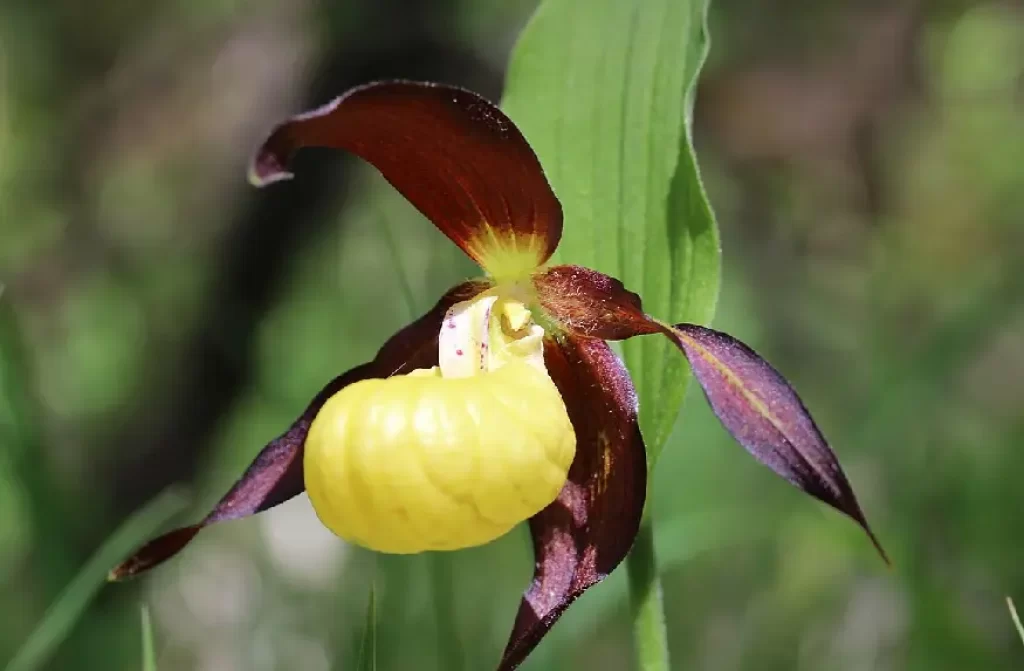
Lady slipper orchids, also known as venus slipper orchids or paphiopedilum, are beautiful and unique plants that require specific care to thrive. However, even with proper care, they can still experience common problems such as leaf spots. In this section, we will discuss the causes of leaf spots and how to prevent and treat them.
Leaf Spots Caused by Fungal or Bacterial Infections
Leaf spots on lady slipper orchids are often caused by fungal or bacterial infections. These infections can occur due to overwatering or poor air circulation, which create a moist environment that is conducive to the growth of these microorganisms. Wounds on the leaves from rough handling or insect damage can provide an entry point for these pathogens.
Proper Drainage and Ventilation Prevent Leaf Spot Problems
To prevent leaf spot problems in your lady slipper orchids, it’s important to ensure proper drainage and ventilation. Make sure your pot has drainage holes to allow excess water to escape and avoid leaving standing water in the saucer. Also, provide good air circulation around your plants by placing them near a fan or open window.
Treating Leaf Spots with Fungicides or Bactericides
If you notice leaf spots on your lady slipper orchid, it’s important to act quickly before the infection spreads. Remove any affected leaves using sterilized scissors or pruning shears and dispose of them immediately. Then apply a fungicide or bactericide according to the product instructions.
Prevention is Key in Avoiding Leaf Spot Problems
Prevention is key. Regularly inspect your plants for any signs of disease such as yellowing leaves or brown spots. Maintain good growing conditions by providing adequate light, humidity levels between 50-70%, and a well-draining potting mix. Avoid overcrowding your plants and keep them away from other infected plants.







